How is antibacterial liquid soap different from regular soap?

The times when only gray potassium soap was available in stores are long gone. Nowadays, when looking for a hand hygiene product, we have dozens of options from various manufacturers, available not only in the traditional bar form, but also as liquid and foam soap, and also in a variety of scents and colors. However, aesthetic impressions are not the only factor - some soaps are advertised as antibacterial. What sets them apart and how do they really work?
The history of soap dates back to ancient times, with the oldest evidence of their use as means of washing the body and laundry found during the excavation of areas once belonging to the Babylonian civilization in Mesopotamia. Traces of production dating back to around 2800 BC prove that humanity has always highly valued the properties of mixtures of oil, water, and alkaline additives, not only for personal hygiene but also for their usefulness in many other aspects of life - later Egyptian documents mention the use of similar substances for preparing wool for the weaving process.
Interestingly, even back then, soaps were characterized by significant diversity, not only in terms of usage, but also composition and method of use. The simplest differences, of course, resulted from the different geographical locations of ancient civilizations, which led to the use of cinnamon oil in some parts of the world, while others opted for a mixture of animal oils with those obtained by pressing popular vegetables. A popular addition was powder obtained from various local plants and aromatic herbs, giving the soap a unique scent of lavender, yarrow, and many other plants. Of course, when creating such diverse body cleansing products, the form of a bar was not always used. The ancient Romans can be considered as precursors in creating liquid soaps, as they initially preferred to rub oils directly onto the body in their baths, and then gently remove them from the skin with a specially designed tool - a strigil.
How does soap work?
As history proves, soap, accompanying people, almost always adapted to the specific needs of certain societies, taking on various forms and shapes. However, regardless of the scents, colors, or other ingredients added to them, the principle of operation remained the same. Thanks to the use of the appropriate mixture of chemical compounds, created by both ancient and modern soap producers, they are substances that have both hydrophilic and hydrophobic properties. What does this mean? Above all, it means that they consist of two types of molecules, some of which easily dissolve in water, while others have no such tendencies at all.
This leads to a situation where, upon contact with water, soap breaks down into two substances that do not mix. The hydrophobic part, seeking others like it, begins to adhere to fatty particles of dirt and bacteria, surrounding them and detaching them from the surface of the skin, while the hydrophilic part, now fully connected with water, begins to repel its former companion, removing with it any impurities it has managed to capture. Therefore, traditional soap does not destroy dirt, but rather rinses it off our body and hands. This is an effective method for getting rid of all kinds of microorganisms, but it should be remembered that this way we will not kill bacteria and viruses, but only send them down the drain and into the sewage system.
When washing shortens life
Unlike traditional soaps, antibacterial soaps contain substances that not only wash away dirt, but also immediately destroy any dangerous microorganisms that come in their way, posing a threat to our health. Unfortunately, even though this ensures that the risk of illness is minimized and no bacteria remain, for example, on the surface of the sink, using antibacterial soap also has its downsides. The main culprit here is triclosan, one of the key ingredients in these hand hygiene products, which has antibacterial and antifungal properties.
It turns out that, although highly effective against viruses and bacteria, this compound also does not spare the skin of our hands and in some people can cause unpleasant allergic reactions. Equally important, its excessive amount can also be harmful to the environment. This is a big problem, considering how often we should wash our hands, especially in the times of the COVID-19 coronavirus pandemic, which is why scientists have decided to conduct experiments to determine the differences in effectiveness between regular and antibacterial soap. It turned out that after 20 seconds of thorough hand washing, on which salmonella, listeria and E.coli bacteria were previously applied, both types of soap were equally effective in removing disease-causing microorganisms.
The fate of clean hands is in our hands
Does the experiment mentioned in the previous paragraph prove that regular soap is just as useful as an antibacterial product? Unfortunately, no. To ensure that hands are washed thoroughly, it is necessary to pay proper attention to this activity, by lathering the skin for an appropriate amount of time and not forgetting to scrub the most commonly overlooked areas, such as the spaces between fingers - it is worth familiarizing oneself with the instructions for proper hand washing. However, in situations where we know that we will be dealing with dangerous bacteria, large groups of people, or individuals who may not pay attention to proper hand hygiene, it is still worth choosing antibacterial soaps.
As mentioned earlier, traditional soap only rinses off bacteria, making it more difficult to clean sink surfaces in case they become dirty. That's why an antibacterial liquid or foam will be a better solution for pubs, gas stations and other highly trafficked public toilets, where people won't wash their hands more than a few times during their stay. A stronger formula won't irritate the skin, but it will increase the level of hygiene in the bathroom, reducing the number of potential bacteria, viruses, and fungi.
Not just hygiene, but also care
Regardless of how much we want to get rid of harmful bacteria, we should primarily use gentle and skin-friendly soaps at home. Disinfecting hands with disinfectants is important and helps limit the spread of diseases in public places, but frequent use of such strong agents should be balanced with caring for the skin's surface and balancing the natural, slightly acidic pH of the skin with soaps. Hypoallergenic hand washing liquids will allow us to take care of our health, while versions with pleasant floral scents will help teach children to enjoy taking care of their daily hygiene.
Ryszard Kurek
All rights reserved. No part of the publication (text, graphics, images, photos, files, and other data) presented in the OLE.PL online store may be reproduced or distributed in any form or by any means without prior permission. All trademarks, graphics, names, and other data are protected by copyright and belong to their respective owners.



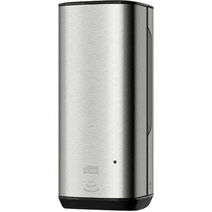







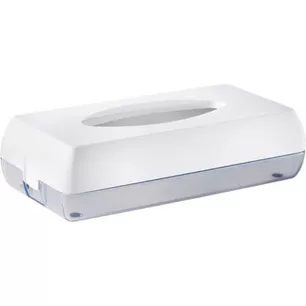
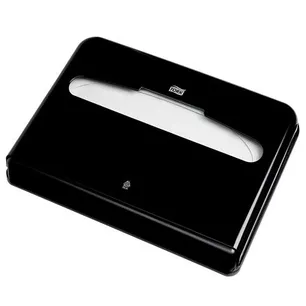

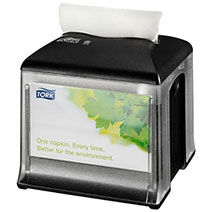


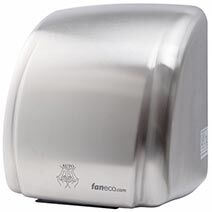










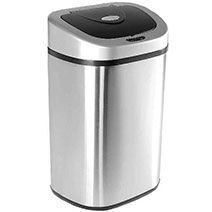
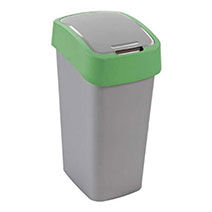
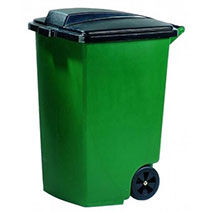


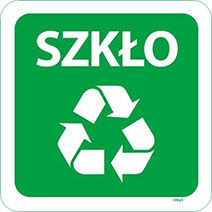






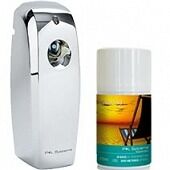



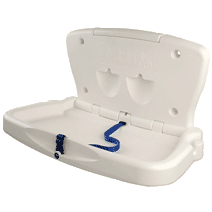
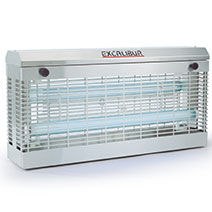

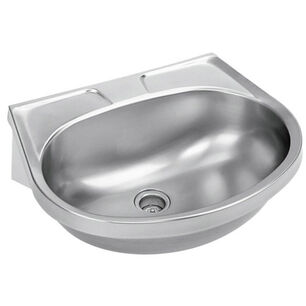



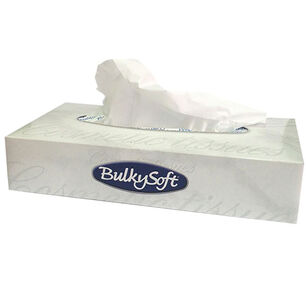
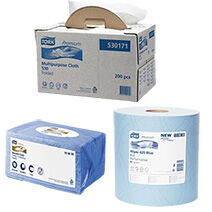



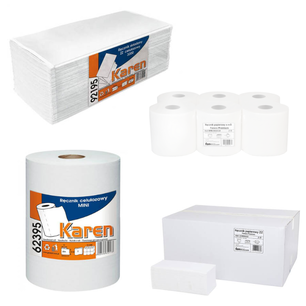
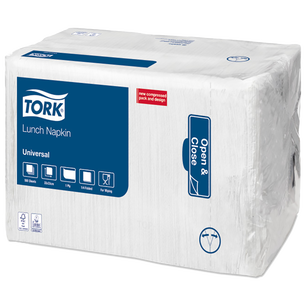

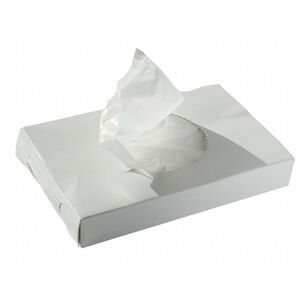

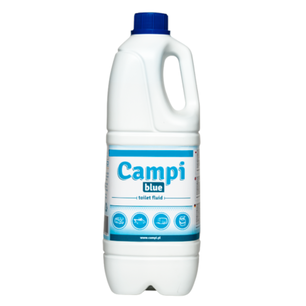
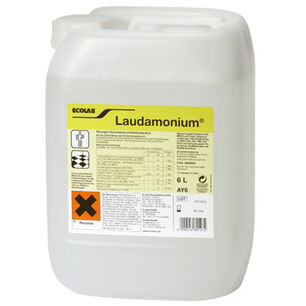
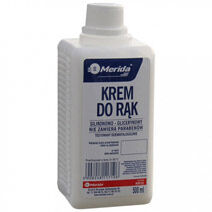
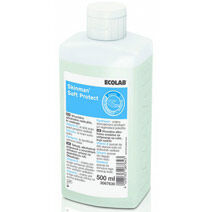
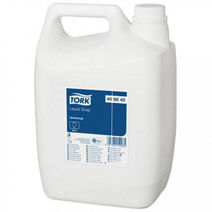
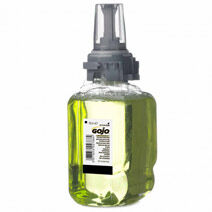

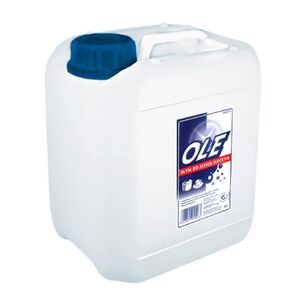

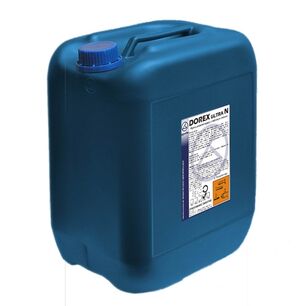
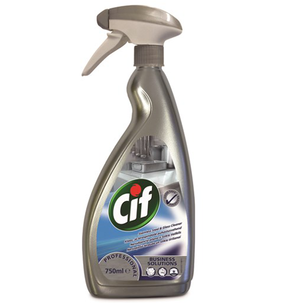
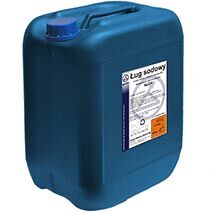

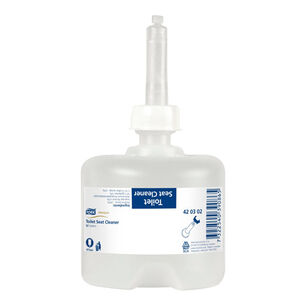



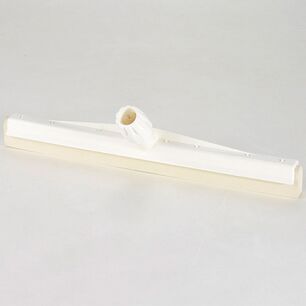




 Polski
Polski
 Czech
Czech
 German
German
 Spanish
Spanish
 Slovak
Slovak